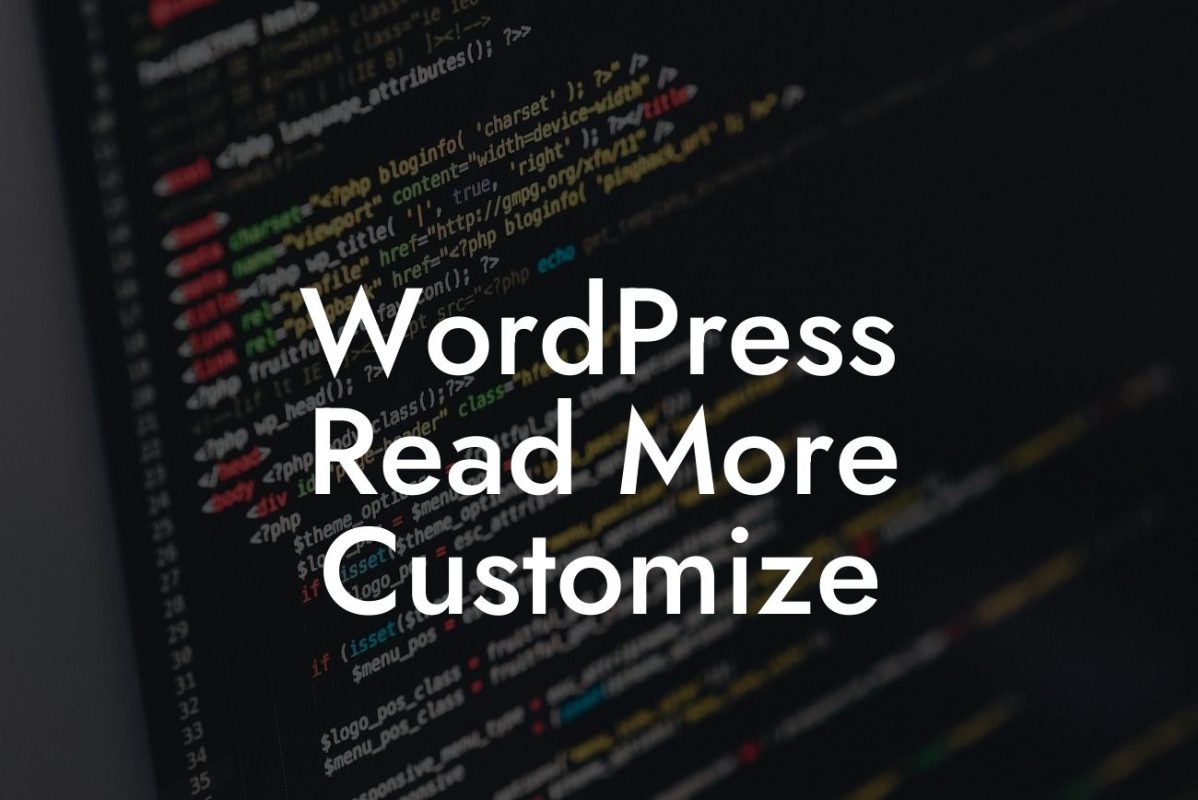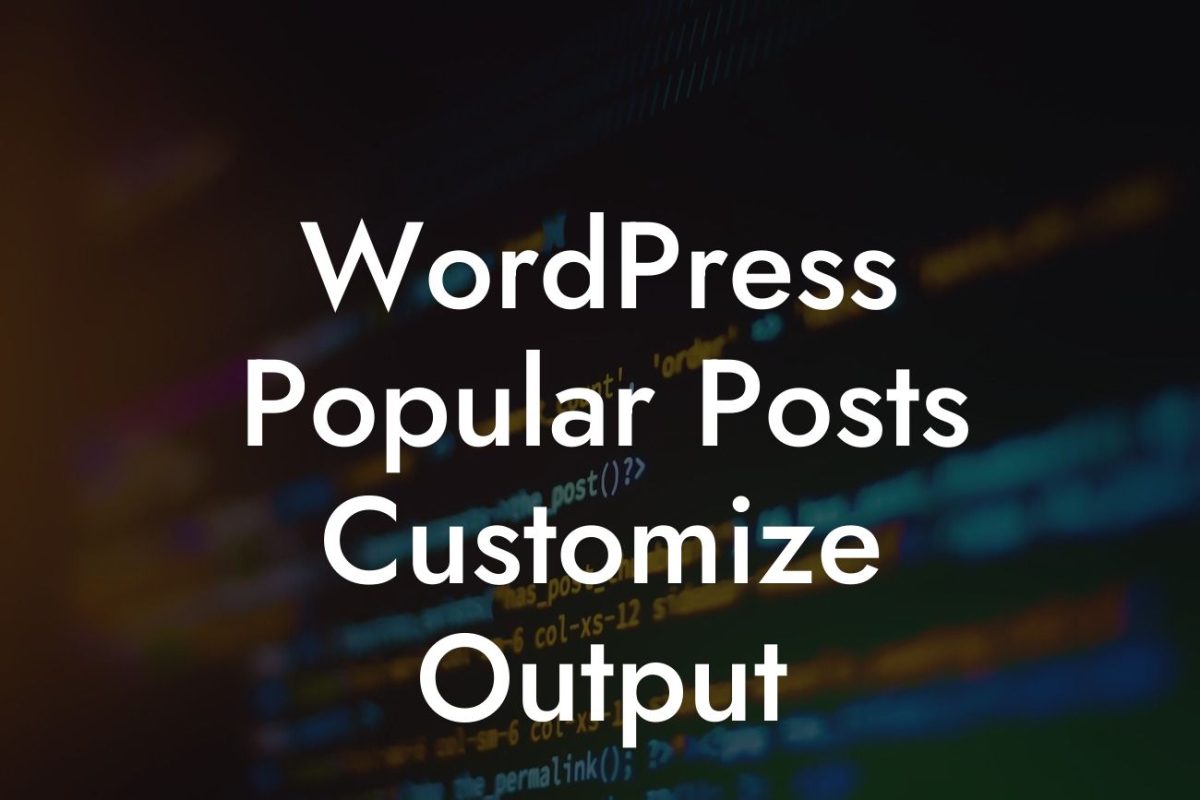Scheduling blog posts has become a crucial aspect of managing a successful website. It allows you to plan and organize your content in advance, saving you time and ensuring a consistent flow of valuable information for your audience. In this guide, we will walk you through the process of scheduling blog posts on WordPress and share some expert tips to optimize your content management efforts.
Scheduling blog posts on WordPress can be done easily by following these steps:
Step 1: Create or Edit your blog post
To schedule a blog post, you need to either create a new post or edit an existing one. Navigate to the WordPress dashboard, click on "Posts," and then "Add New" (for new posts) or select the post you want to edit.
Step 2: Draft your content
Looking For a Custom QuickBook Integration?
Write your blog post as you normally would, ensuring it is informative, engaging, and valuable to your readers. Craft a compelling title and include relevant headings and subheadings to enhance readability.
Step 3: Set the publication date and time
Under the "Publish" meta box, you will find the option to set the publication date and time. Click on the "Edit" link next to "Publish immediately." Choose the desired date and time for your blog post to go live. Make sure to adjust the time according to your target audience's time zone for maximum impact.
Step 4: Schedule your blog post
Once you have set the publication date and time, click on the "Schedule" button. Your blog post will now be scheduled to be published at the specified date and time.
Step 5: Review and manage scheduled posts
To review your scheduled posts or make edits, go to the WordPress dashboard, click on "Posts," and then select "Scheduled." From here, you can see all your upcoming blog posts, make changes if needed, and even reschedule them.
How To Schedule Blog Posts On Wordpress Example:
Imagine you run a small business that offers fitness tips. You have planned a series of blog posts for the upcoming month, and you want to ensure they are published consistently every Monday morning. By scheduling your blog posts on WordPress, you can dedicate a few hours to write and schedule all the posts at once, saving you time and enabling you to focus on other aspects of your business.
Congratulations, you now have the knowledge to schedule your blog posts on WordPress like a pro! Streamline your content management process, save time, and keep your website engaging with DamnWoo's amazing WordPress plugins. Don't forget to share this article with others who may find it helpful and explore our other guides to further enhance your online presence. Remember, consistency is key, so start scheduling your blog posts today and elevate your success!













